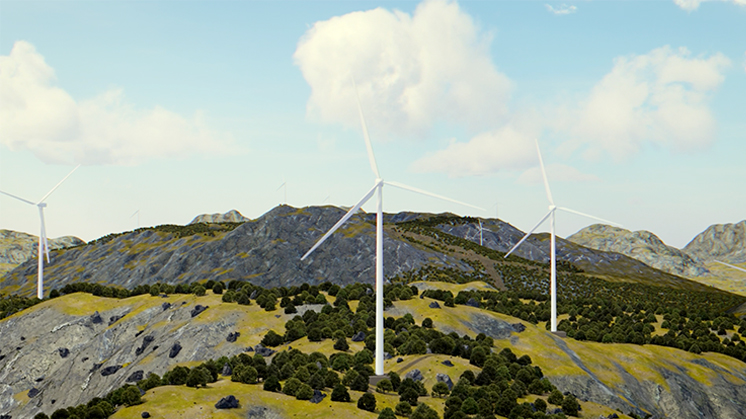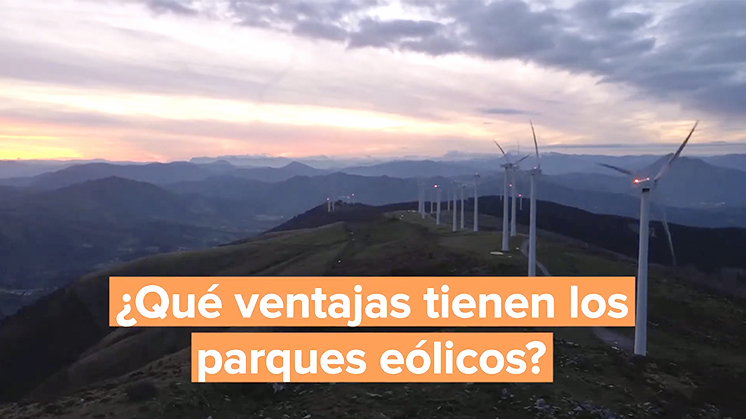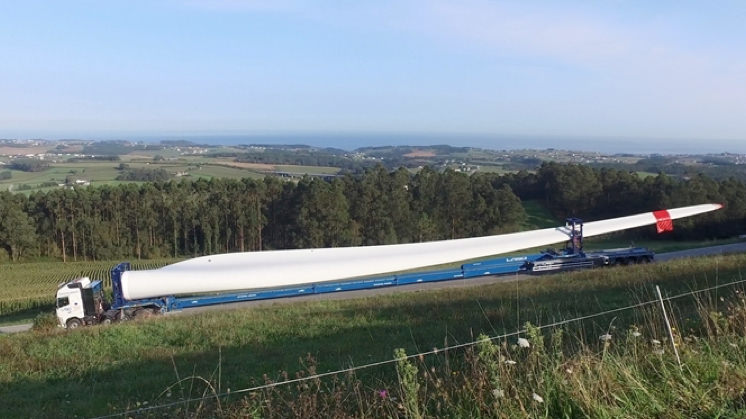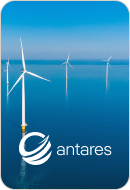What is onshore wind energy
Do you know how wind farms work?
Iberdrola projects Onshore wind
Wind energy is produced by transforming the movement of air currents into electrical energy. To harness the wind produced on land, enormous wind farms are built capable of extracting maximum power from this clean, renewable resource. Let us explain how it works.
How do onshore wind farms work?
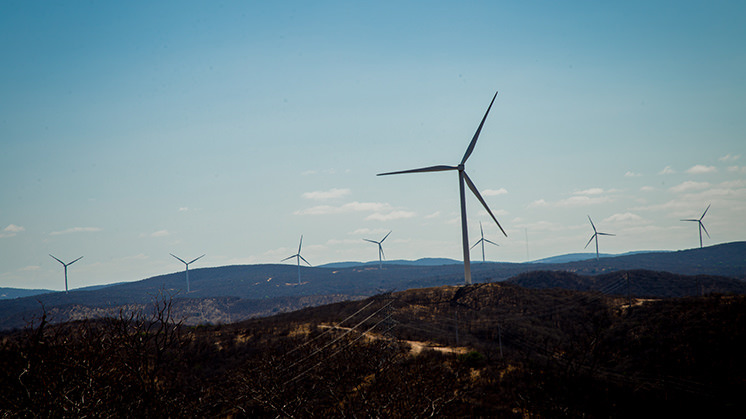
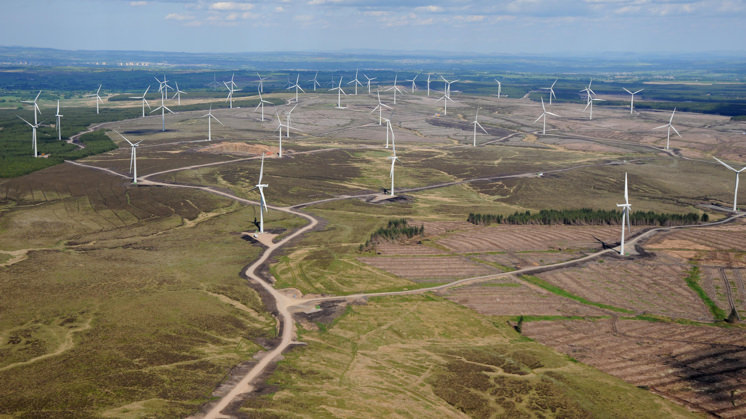

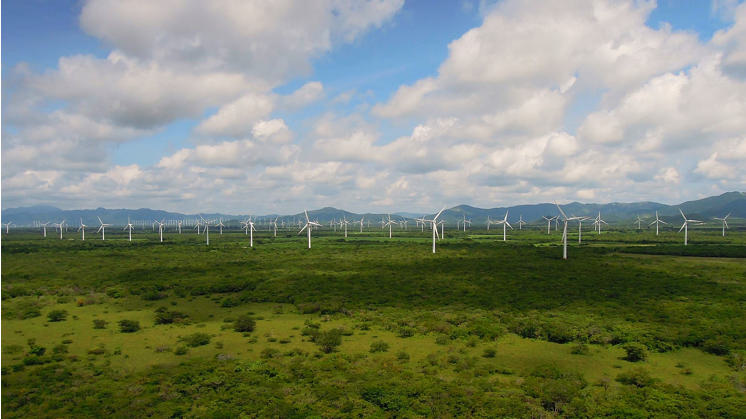
What are wind farms?
Wind farms are infrastructures that produce electrical energy with wind occurring in terrestrial locations. To do this, we first design and build equipment capable of transforming kinetic energy from the wind into electricity, and then convert it into electricity suitable for use, before sending it to the distribution network.
Functioning and components of an onshore wind farm
 SEE INFOGRAPHIC: How does an onshore wind farm work? [PDF] External link, opens in new window.
SEE INFOGRAPHIC: How does an onshore wind farm work? [PDF] External link, opens in new window.
How does an onshore wind farm work?
Electrical energy is produced in a wind turbine. This is a structure supported by reinforced concrete foundations to ensure stability and functionality. It has a controller that starts and stops the turbine according to weather conditions, and a mechanism that determines the direction of the wind to enable correct orientation. The tower, the height of which depends on the characteristics of the land, has a beaconing system, with specific lights and colours that make it very visible to air traffic to ensure maximum safety.
The force of the wind turns the blades, which are designed to capture maximum kinetic energy: they can move even in very light winds, from as little as 11 kilometres per hour. The blades are connected to the turbine through the hub, which in turn is connected to the low-speed shaft, which rotates at the same speed as the blades (between 7 and 12 revolutions per minute). A gearbox increases this speed more than 100 times and transfers it to the high-speed shaft, which moves at more than 1,500 revolutions per minute. This force is transmitted to the generator (some technologies use low-speed generators coupled directly to the slow shaft), where the kinetic energy is transformed into electrical energy. From here it goes to the converter, which transforms it into alternating current.
The electrical energy produced is low voltage, so it is transported to a transformer that increases the voltage (between 20 and 66 kV) to be transported through the farm. Then it is transported to the substation, which converts it into high voltage current (more than 132 kV). This electricity, now suitable for consumption, is transferred through the evacuation line (generally overhead) an installation connected to the distribution grid, which carries it to homes.
Where can onshore wind farms be installed?
Wind farms are usually located in unpopulated rural areas far from towns and cities, to prevent the noise they make from disturbing inhabitants.
There are several factors to take into consideration when deciding where to build a wind farm:
 Environmental impact.
Environmental impact.
 The energy potential of the area.
The energy potential of the area.
 The spacial, time and vertical wind variations over the years.
The spacial, time and vertical wind variations over the years.
 The geological and geotechnical conditions of the site.
The geological and geotechnical conditions of the site.
 Environmental, legal and territorial viability, and the accessibility of the location.
Environmental, legal and territorial viability, and the accessibility of the location.
There are meteorological tools and models that make it possible to determine the best sites for installing wind turbines and to estimate, before building the wind farm, its production capacity throughout its useful life.
What are the benefits of wind farms?
- They are an inexhaustible source of clean, secure, renewable energy.
- They reduce fossil fuel consumption, which helps to prevent climate change and to process towards the energy transition.
- There is virtually no waste and they produce neither toxic gas nor radiation.
- They are mobile installations, which means that the site can be recovered once the farm is dismantled.
- The maintenance costs of wind turbines are minimal.
- Wind farms do not interfere with agriculture or livestock farming around the facilities.
- They create jobs. According to the report Wind energy in Europe: scenarios for 2030 by WindEurope, published in September 2017, the wind power industry will create 569,000 jobs by 2030.
Benefits of wind farms (In Spanish).
Iberdrola has commissioned four new wind farms in Asturias, the construction of which has been a challenge due to the climate of the area and the orography of the terrain.
How have wind turbines evolved?
In the last twenty years, technological advances have increased the output of wind turbines. These days, there is a large choice of models that suit the specific conditions of each site to harness the full potential of the wind. These new designs produce ever-increasing voltages and have larger diameter rotors. What's more, structural and control improvements have been made to wind turbines.
The European wind industry association WindEurope published in its most recent report (Wind Energy in Europe: perspectives for 2022) that in the next three years, onshore wind turbines will have more than 4 MW of power. This will mean a reduction in the final cost of wind energy, due to adjustments in investment and improved wind turbine efficiency.
Onshore wind energy
Offshore wind energy
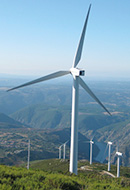
Wind Energy
What is it, how is it converted into electricity and what are its advantages?
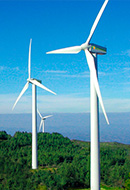
All about wind turbines
Discover what wind turbines, the giants of renewable energy, look like.
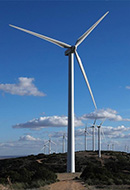
Onshore wind energy concepts
10 relevant terms to understand how this type of energy works.





